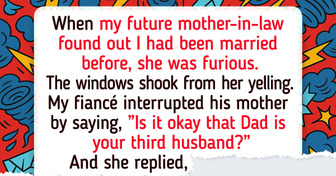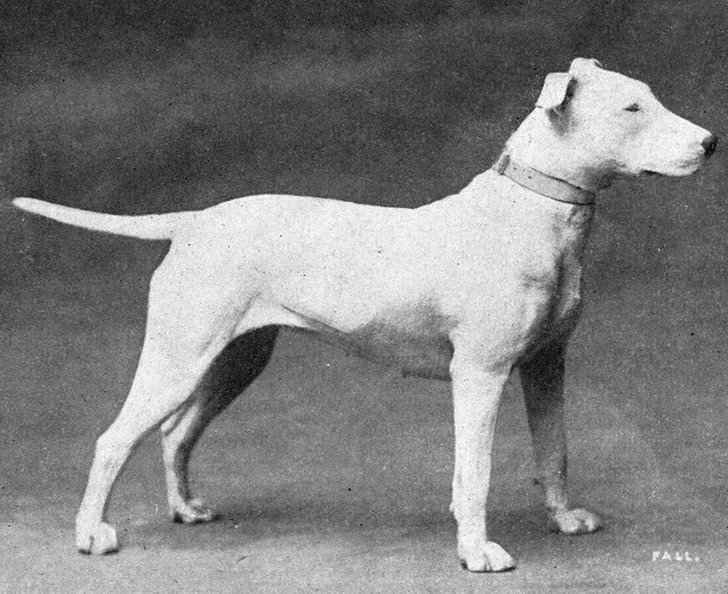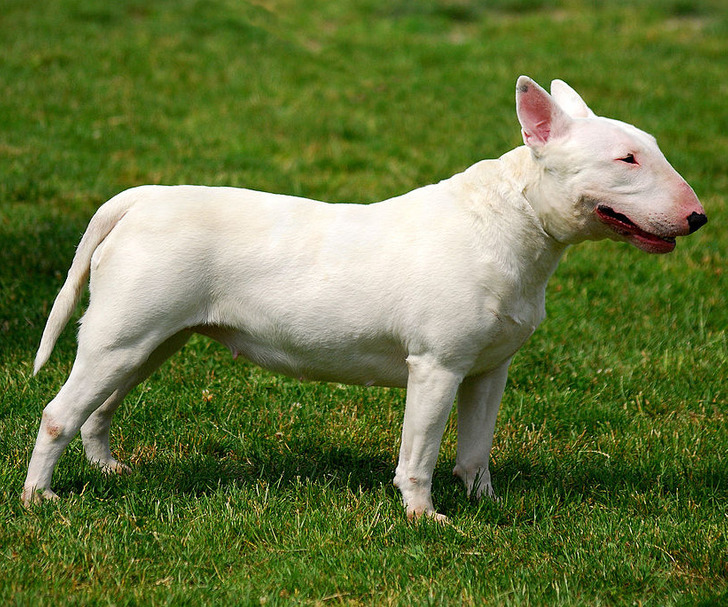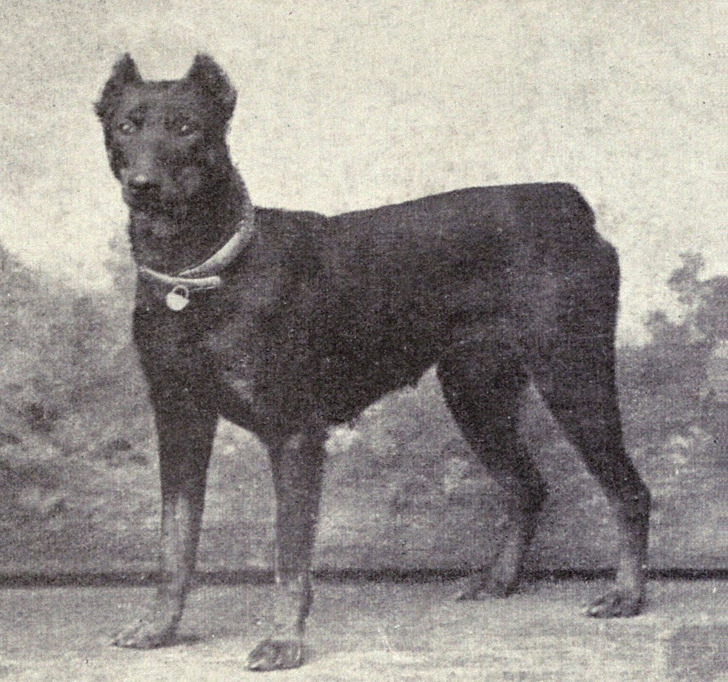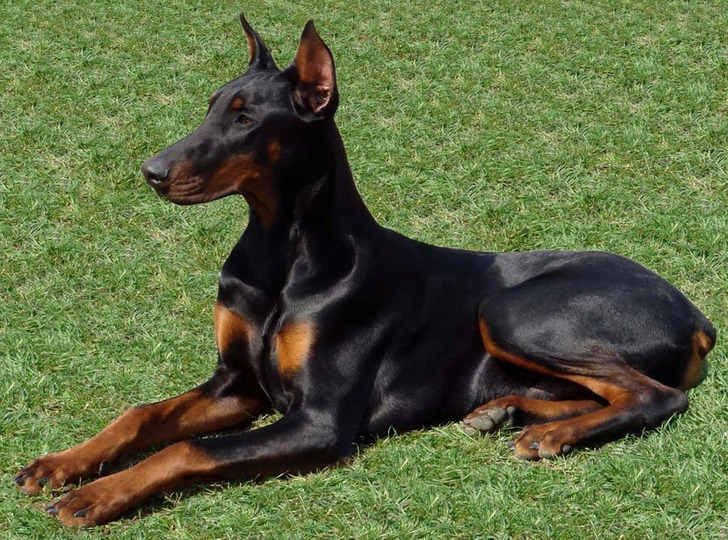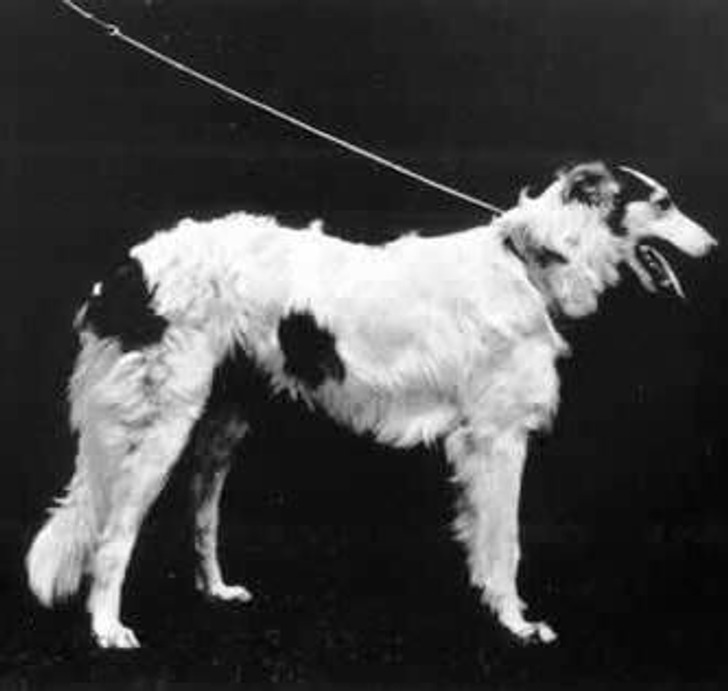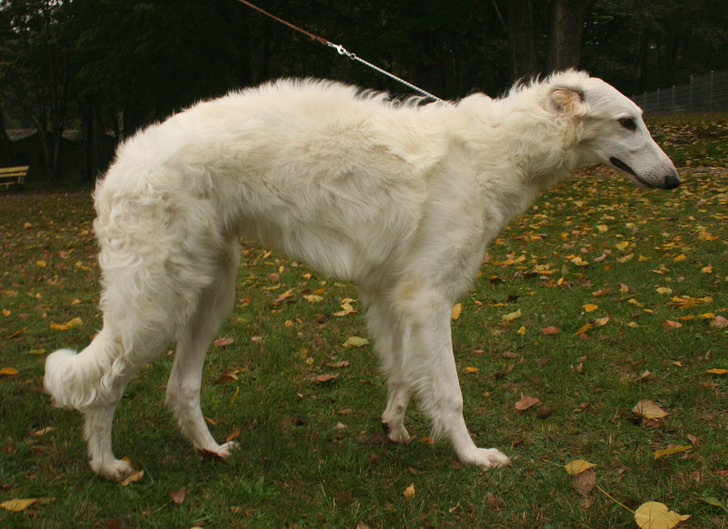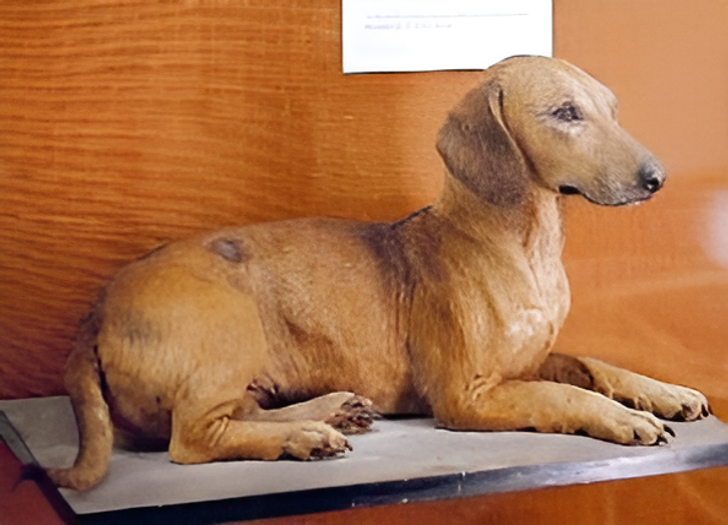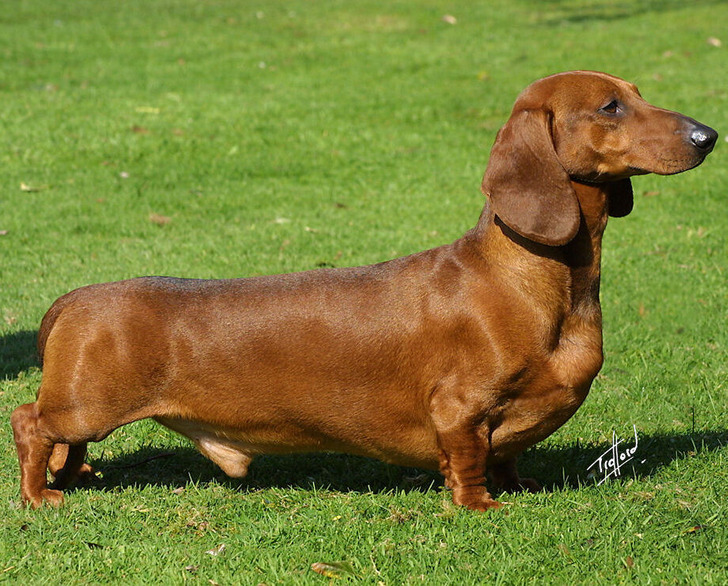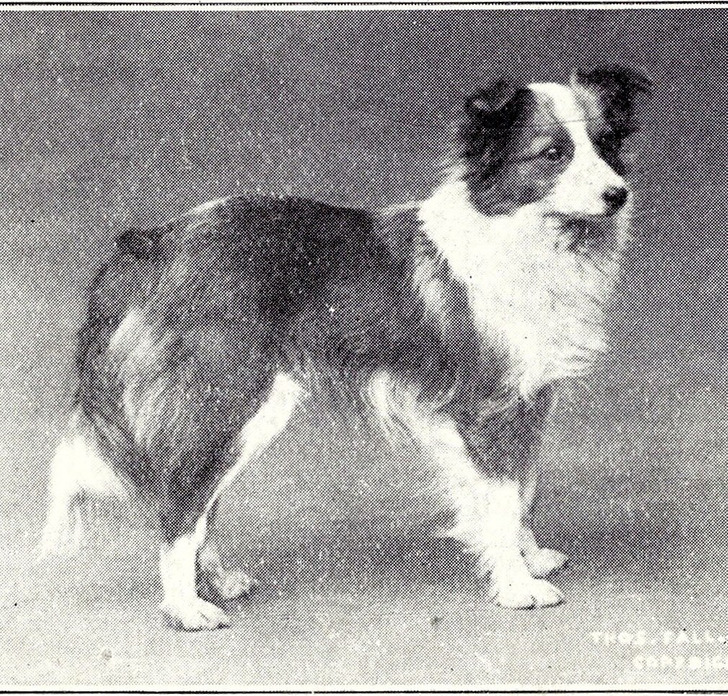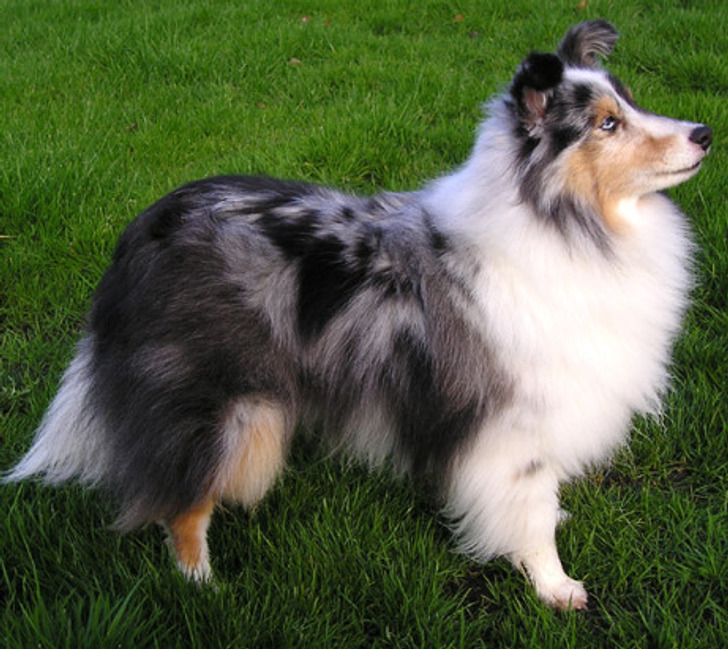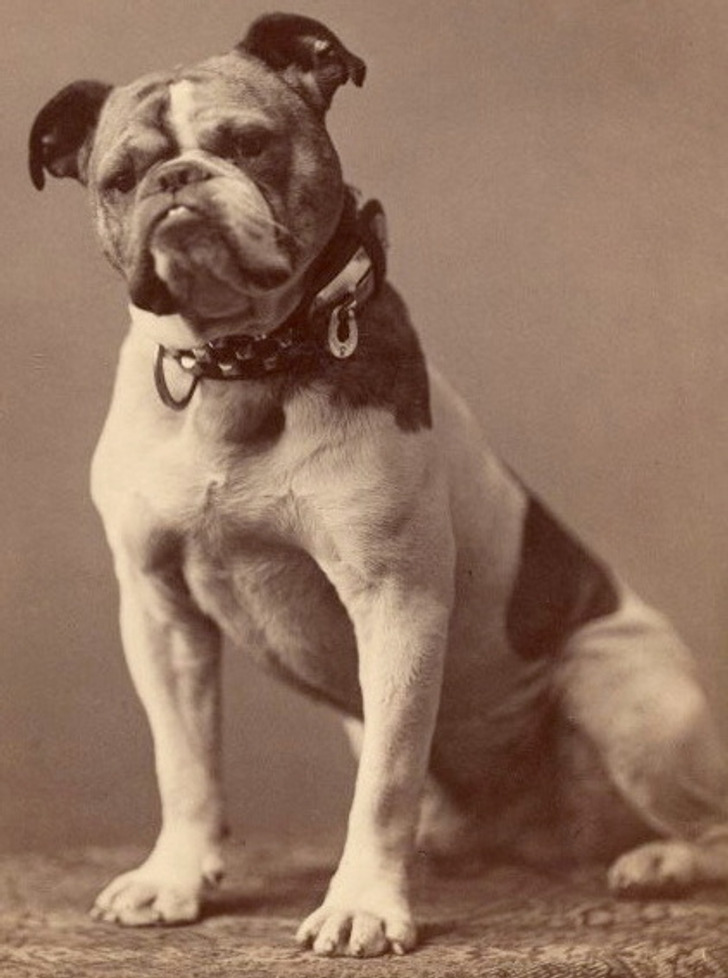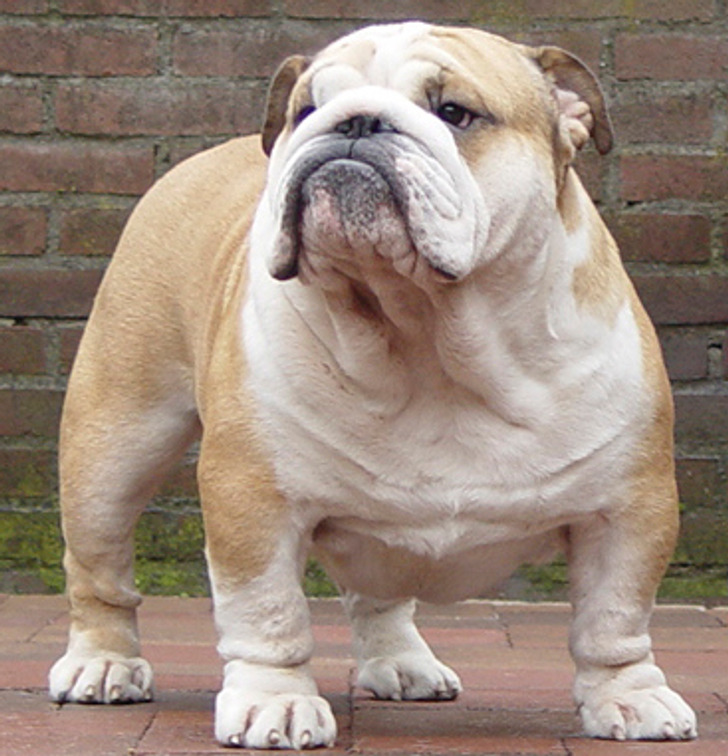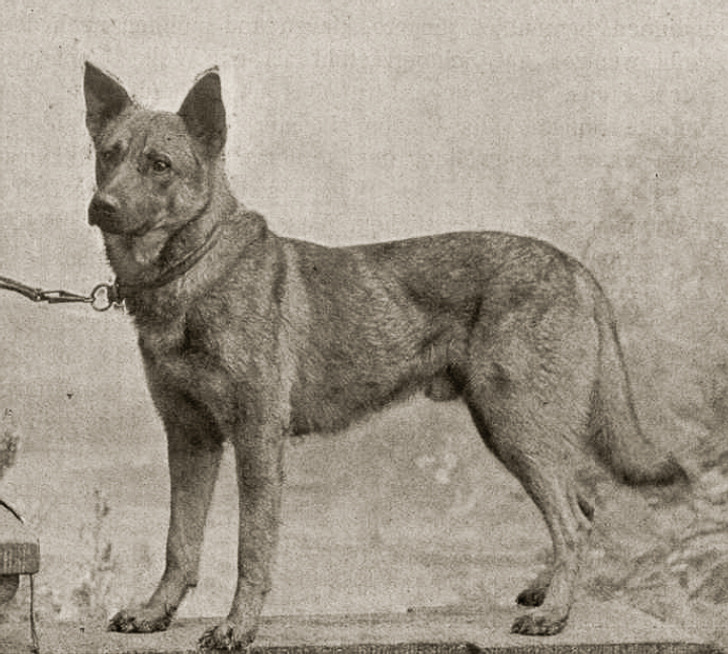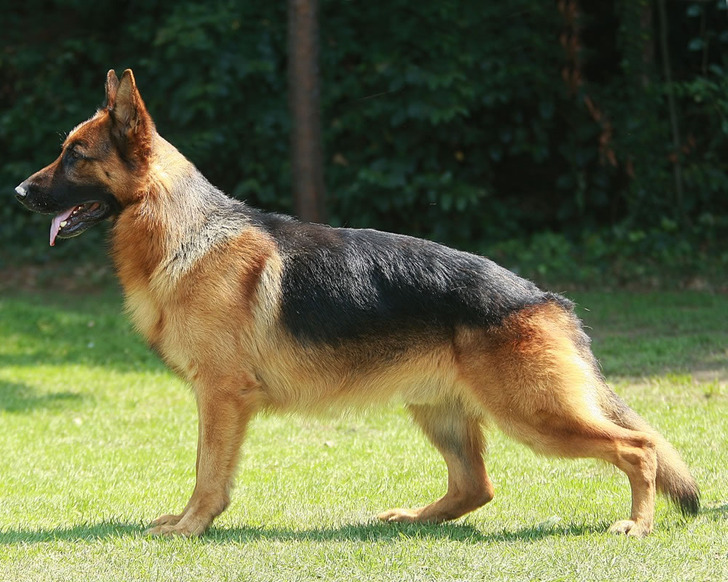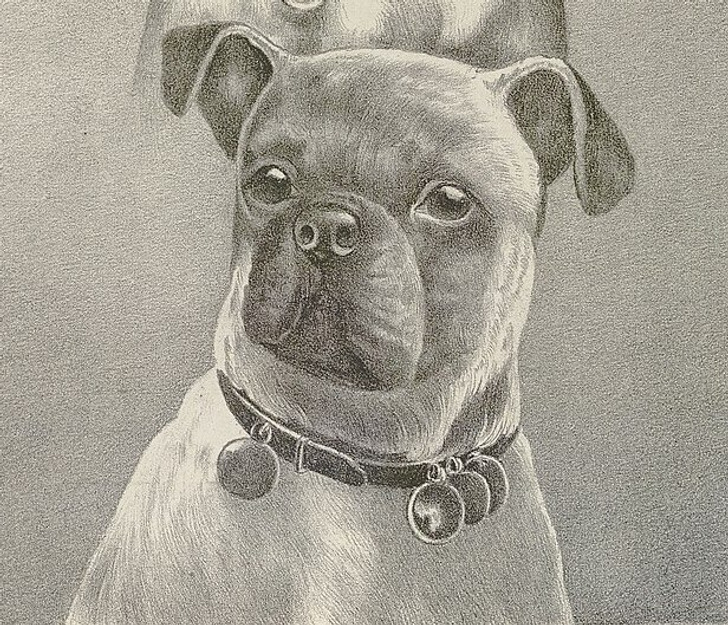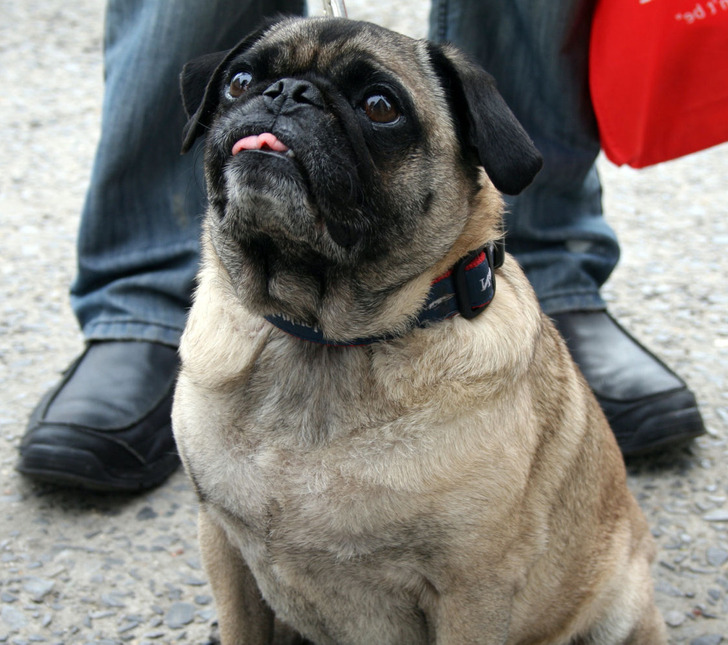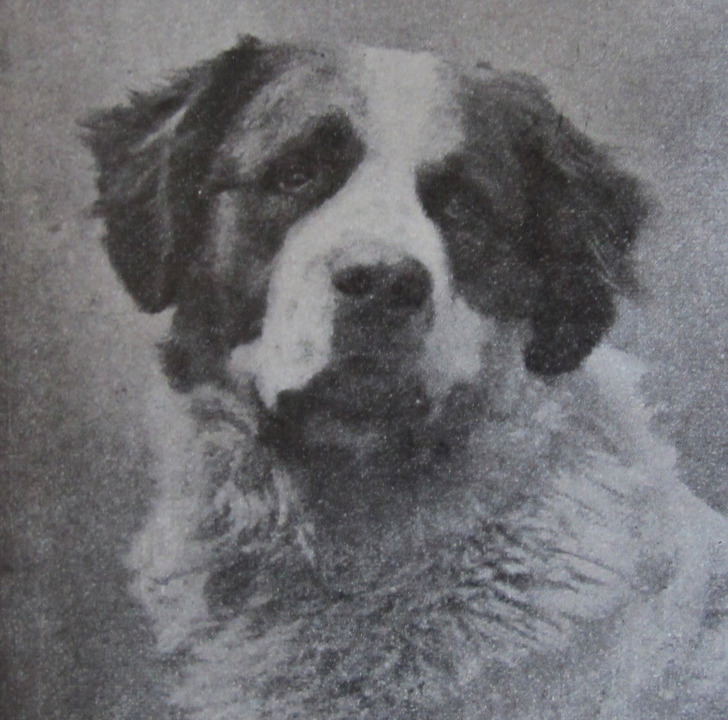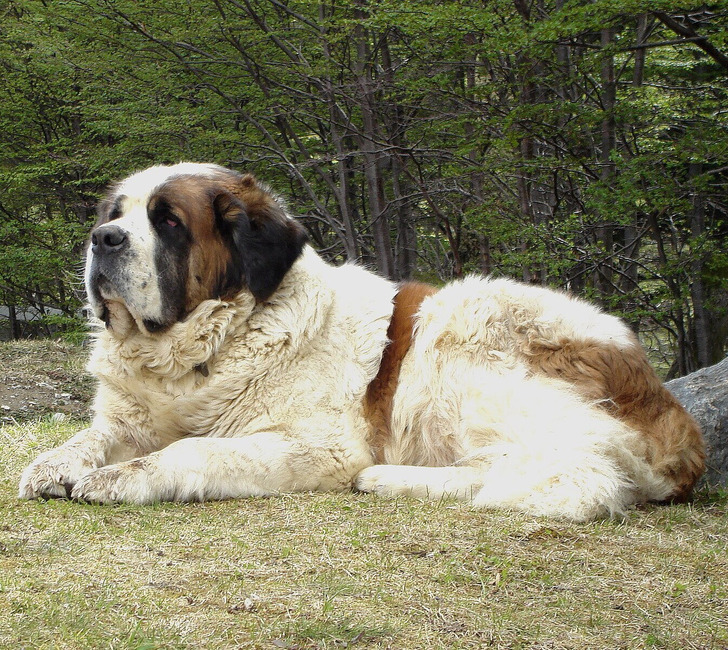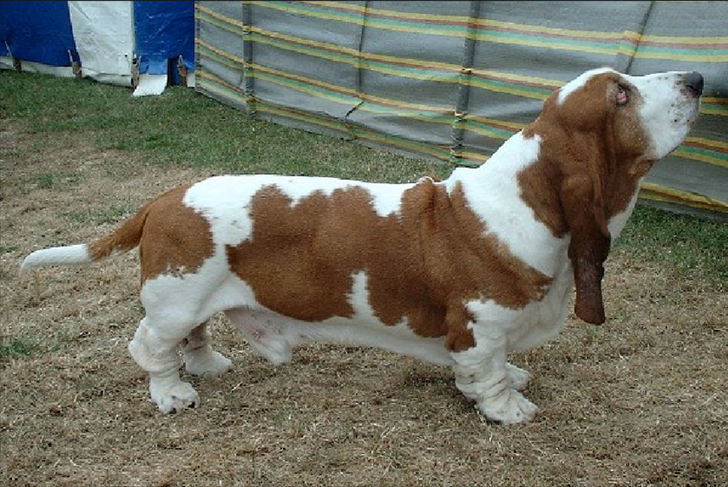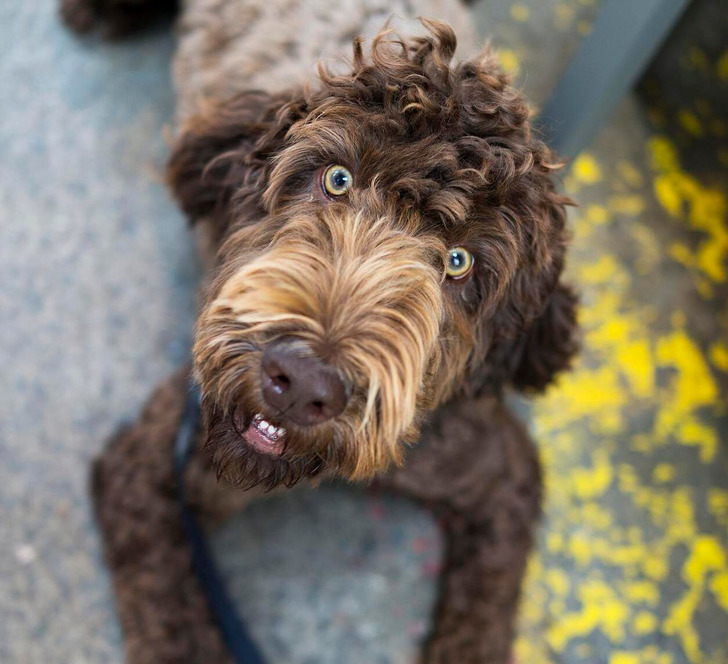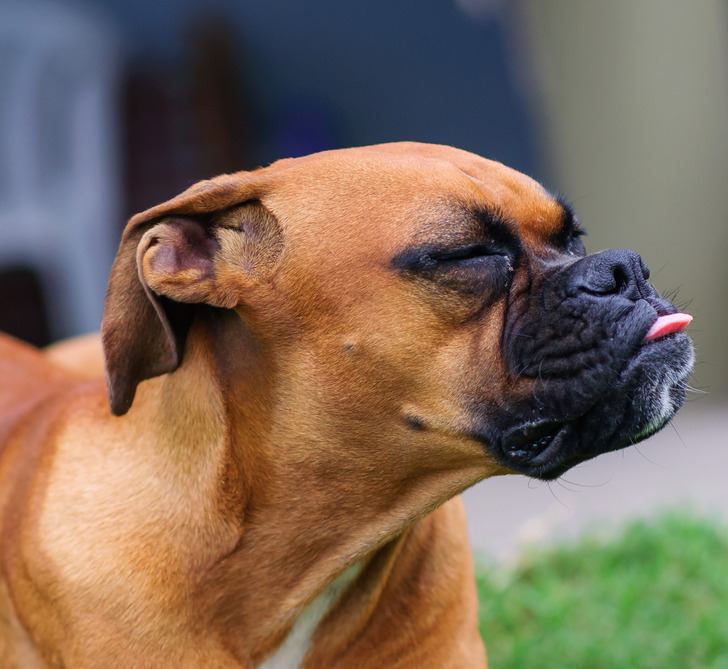It really is too bad. The dogs were much healthier when they weren't bred so heavily.
How 10 Dog Breeds Looked Like Before Humans Decided to Change Them

Over the past century, selective breeding has significantly transformed various dog breeds, altering their physical characteristics and, in some cases, impacting their health and well-being. Some of the dogs look very different from their ancestors. Today, you’ll see how German shepherds, pugs, bull terriers, and other dogs were reshaped by a century of breeding.
1. Bull terriers
Bull terriers have undergone one of the most dramatic transformations over the past century. Originally, they had a well-proportioned head and a fit, athletic build.
Modern bull terriers are characterized by a distinctive “egg-shaped” head and a more muscular, compact body. This change in skull structure has led to dental issues and a higher propensity for deafness, especially in white-coated individuals. The breed’s playful nature remains.
2. Doberman pinschers
The original Doberman pinscher was a more robust and sturdy breed used for protection. They had thicker bones and less extreme features.
Modern Dobermans are leaner, with a more defined chest and longer legs. However, selective breeding has increased their risk of dilated cardiomyopathy, a fatal heart disease. Experts warn that it affects up to about 60% of Dobermans today due to genetic mutations.
3. Borzois
Borzois were bred by the aristocracy to hunt wolves. Early borzois were more functional, with a slightly shorter snout and a thicker coat.
Modern borzois are even slimmer, with an exaggeratedly long face and delicate frame. While elegant, they are prone to bloating (gastric torsion) and heart conditions. Their deep chests make them more likely to suffer from bloating, a life-threatening stomach condition.
4. Dachshunds
Dachshunds were initially bred in Germany for hunting badgers, possessing a balanced build that facilitated their work.
Selective breeding has accentuated their long bodies and shortened legs, traits that, while distinctive, predispose them to spinal problems. This condition can lead to severe mobility issues. That’s why owners should monitor the signs of back pain and avoid activities that strain their spine.
5. Shetland sheepdogs
The Shetland sheepdog, or “sheltie,” originated in the Shetland Islands as a small herding dog. Early 20th-century shelties were petite, weighing between 6 and 10 pounds, with medium-length fur.
Today’s shelties are notably larger. Their weight can go up to about 20 pounds. They boast a more profuse coat, making them less suited for farm work.
While the breed remains intelligent and agile, the denser coat requires diligent grooming to prevent matting and skin issues. Additionally, the breed is prone to hip dysplasia and eye anomalies.
6. Bulldogs
Originally, bulldogs were leaner and had longer legs and fewer wrinkles. They were bred for bull-baiting and needed endurance and agility.
Modern bulldogs have exaggerated wrinkles, a flatter face, and a stockier build. Unfortunately, these traits make them prone to deformation of the upper airway tract and, thus, obstruction of breathing, as well as hip dysplasia and overheating. Their short noses cause breathing difficulties, and many of them need surgery to breathe properly.
7. German shepherds
Early German shepherds had a straighter back, a more balanced structure, and strong working abilities. They were bred as herding and police dogs.
Today’s German shepherds often have an extremely sloped back, which contributes to hip dysplasia and spinal problems. This change was driven by show dog standards.
8. Pugs
Pugs from a century ago had longer snouts, making breathing easier. They were still small but healthier.
Modern pugs have extremely flat faces, leading to brachycephalic obstructive airway syndrome. Many struggle with overheating and require surgery to clear their airways. Despite these issues, pugs remain popular due to their charming personalities and internet fame.
9. Saint Bernards
Saint Bernards from a century ago were smaller and more athletic, bred for rescue missions in the Alps.
Modern Saint Bernards have been bred to be larger and more droopy-faced, resulting in shorter lifespans, joint problems, and excessive drooling. Today’s Saint Bernards rarely live beyond 8–10 years due to their massive size and joint stress.
10. Basset hounds
The original basset hound had longer legs and a leaner face, making them more agile hunters.
Today’s bassets have exaggeratedly short legs, droopier eyes, and more skin folds, leading to joint problems, ear infections, and vision issues. The excessive skin folds can cause chronic infections, while their short legs make them prone to elbow and hip dysplasia.
Public perception and breed standards significantly influenced these transformations.
Media portrayal and societal preferences often drive demand for specific physical traits, encouraging breeders to prioritize appearance over health. As we showed above, the desire for a distinctive silhouette in Bull Terriers led to the development of the “egg-shaped” head, while the preference for a sleek appearance in Dobermans resulted in a leaner physique. Selective breeding focusing on specific traits can inadvertently increase the prevalence of genetic disorders.
Responsible breeders and dog lovers must prioritize health over aesthetics to ensure that our beloved breeds can live longer, healthier lives.
What can dog owners do?
✔️ Support ethical breeders who prioritize health over extreme physical traits.
✔️ Consider adopting mixed breeds, which may have fewer genetic health problems.
✔️ Be aware of breed-specific health issues and provide necessary care.
The future of dog breeding should focus on health, longevity, and well-being rather than exaggerated features. Our furry companions deserve the best! 🐶💙
As we’ve seen, selective breeding has reshaped dog breeds in both appearance and health—sometimes at a cost. But while these changes are often concerning, one thing remains unchanged: the deep and unbreakable bond between dogs and their humans.
Speaking of which, have you ever wondered how a few dogs could completely turn someone’s life around? That’s exactly what happened to one lonely senior who unexpectedly found his world transformed by three dogs—Smokey, Oreo, and Jennifer. Read this story that proves dogs don’t just change physically—they change lives, too! 🐶❤️
Comments
Related Reads
A Girl Born Without Nose, Who Was Called “Voldemort”, Proved Everyone Is Beautiful in Their Own Way
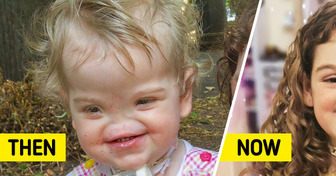
My Husband Thought I Was Asleep and Whispered the Truth I Wish I Hadn’t Heard

My Husband Forgot About the Baby Monitor Turned On, and I Accidentally Revealed What He Was Up To

“Just like Harry”, Prince William Flaunts New Look With Beard and Divides Fans
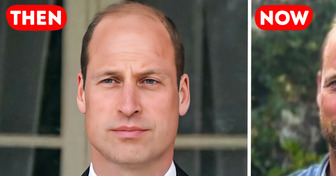
15+ Stories That Prove the Family Group Chat Is Our Favorite Sitcom
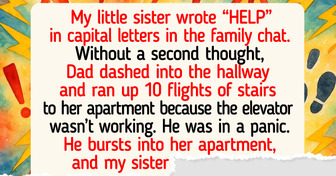
My Landlord Refused to Fix My Home—So I Gave Him a Taste of His Own Medicine

I Refused to Follow My Mom’s “Different Beds” Rule—And the Real Reason Was Heartbreaking

16 Heartfelt Times Children Proved Kindness Can Change Everything
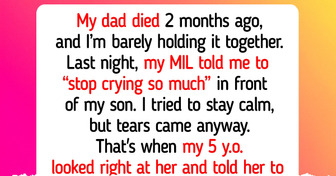
16 Heartwarming Stories That Prove Letting Go Is Often the Start of Something Beautiful
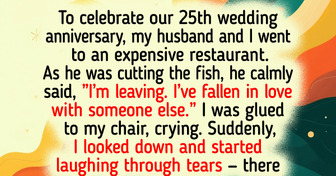
I Refused to Take My Ex Back, and My MIL Made Sure I’d Regret It
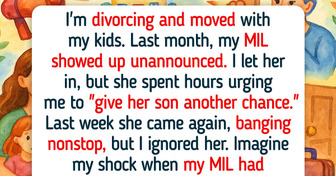
I Refused to Be Humiliated in Front of My Own Family
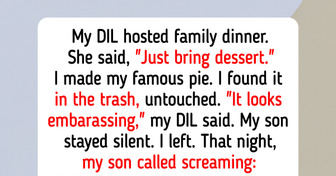
14 Mother-in-Law Moments That Became a Legendary Family Story
